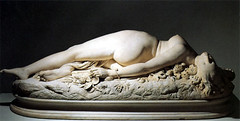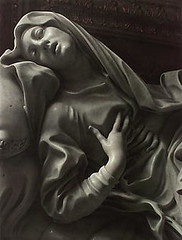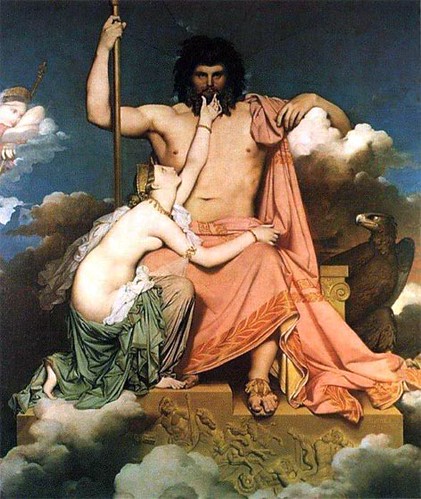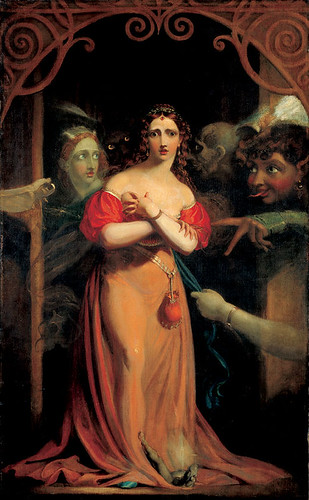[Youtube=http://www.youtube.com/watch?v=FOfUbthtDhQ&]
If there is one current film I would like to recommend, it’s Public Enemy Number One (Part 1)[1], a biopic of French criminal Jacques Mesrine with sympathies for the European radical political urban guerrilleros RAF and Red Brigades, who eventually died in the late seventies for craving his 15 minutes of fame somewhat too eagerly. The film was produced by Thomas Langmann.
If you want to know who Mesrine was, watch this YouTumentary[2] set to “Comptines d’un autre été here as The Pian (Life is a song)” from the Yann Tiersen score of Amelie Poulain. Or better still, this documentary footage[3].
Public Enemy Number One (Part 1) is based on Jacques Mesrine‘s 1977 autobiographical book “L’Instinct de mort” and stars Vincent Cassel (L’Appartement, Irréversible) as Mesrine and costars Gérard Depardieu, Mathieu Amalric and Cécile de France (Haute Tension). A sequel “L’Ennemi public n°1” (“Public Enemy Number One (Part 2)”) was released in French theaters last November.
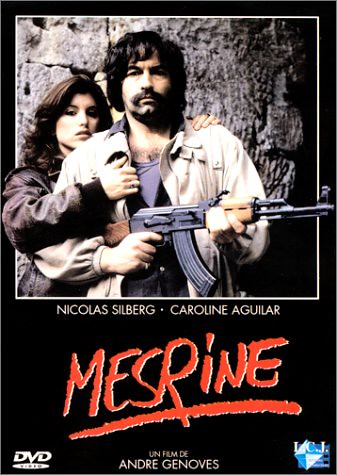
This is all well-known. Lesser-known and very intriguingly I discovered the film Mesrine, directed by a certain French producer and/or writer of whom not much more than his IMDb filmography. The filmography in case is impressive and noted by a bleak, grim and dark worldview. In fact wholly antithetical to the Amélie score featured above. The man is André Génovès.
André Génovès was born 1941 and is a French film producer noted for working with Claude Chabrol and being involved with Barocco, The Butcher (film), The Unfaithful Wife, A Real Young Girl, This Man Must Die, Mesrine (film), and Les Innocents aux mains sales.
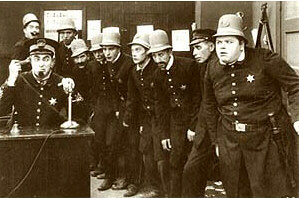
In a perverse way, this film reminds me of police comedy films about bungling police officers who almost lose their job due to the excessive intelligence and dexterity of the criminals.
In 1980 the police comedy film Inspecteur la Bavure[4] with Coluche and Gérard Depardieu has Depardieu’s character, Morzini, directly inspired by Jacques Mesrine.
Bungling police officers are part of the making fun authority figures trope, as seen in Keystone Kops, Inspector Clouseau, Police Academy, Taxi (franchise) and Carry On Constable.

Catherine Deneuve and Gérard Lebovici
Coming back to Mesrine, in the vortex of related events, after Jacques Mesrine’s death, his daughter Sabrina was adopted by Gérard Lebovici, French film producer, editor and patron to Guy Debord. Lebovici was also the manager of Jean-Pierre Cassel, yes the father of Vincent Cassel.
The tale is not finished. This whole history, its thematics and fiction, its personae and actual actors are further interwoven.
- “On March 7 1984 Gérard Lebovici was found shot dead in the front seat of his car in the basement of the Avenue Foch carpark in Paris. There was swift confirmation that he had died on 5 March from four bullets fired from behind into the back of the neck. The assassins have never been caught.”
“Whatever happened to Sabrina?” is what Sholem Stein wants to know.


